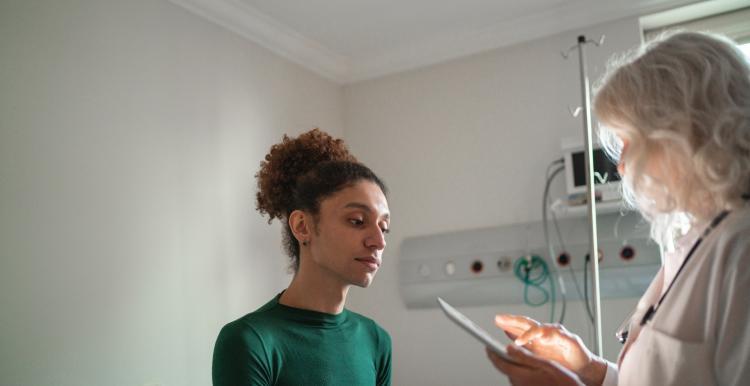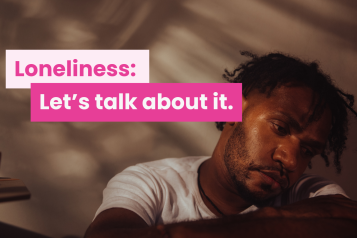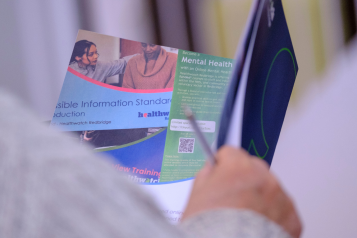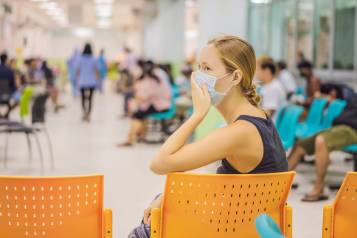Trans and non-binary people face hurdles at every stage of primary care

Evidence suggests that transgender and non-binary people often experience poorer health outcomes than the general population. But what barriers do they face to high-quality care? And what would remove those barriers?
Recent research from Healthwatch has focused on trans and non-binary people’s experiences with GPs – often the gateway to the healthcare system – to learn some of the answers to those questions.
People shared their experiences with administrative hurdles and harmful assumptions. The impact of poor care could be serious, with over half of respondents to the self-selecting survey, almost 1,400 people, only slightly confident or not at all confident about using their GP.
But people also shared stories of good care, in which staff treated them with respect and compassion, and took the time to understand the care they needed.
LGBTQ+ Experiences of Health and Care Services in Redbridge
There is a gap in understanding of the health and social care experiences of LGBTQ+ Redbridge residents. Evidence indicates that LGBTQ+ people are at higher risk of having poorer outcomes across multiple health and care issues, yet little is known about the situation in Redbridge.
In the first half of 2024, Redbridge Rainbow Community ran a rapid research project to explore LGBTQ+ people’s experiences of health and care services, as well as the perspectives of health and care workers.
LGBTQ+ specific issues highlighted by the research included challenges around sharing LGBTQ+ identities, mixed visibility and clarity around LGBTQ+ inclusion, assumptions and misconceptions, apparent variability in levels of training, awareness or comfort, as well as some specific gaps in services for LGBTQ+ people and concerns about whether care services are future-proofed for LGBTQ+ inclusion.
Top tips for creating a LGBTQ+ friendly environment
Redbridge Rainbow offer top tips for staff working with LGBTQ+ individuals in health and care settings:
- Recognise that LGBTQ+ people are as diverse as any other group and do not make assumptions about who may or may not be LGBTQ+.
- If you make a mistake, such as making an assumption about someone or using an incorrect pronoun, make a genuine apology and if the person is happy to proceed, just carry on.
- Do not assume that a certain question is irrelevant to someone based on what information you have about them.
- Reflect on any bias or assumption on any question you want to ask. If needed, rephrase the question to be more open or not based on assumptions. Or in cases where you don’t actually need to ask the question, just don’t!
- Instead of jumping to conclusions about the relationship between someone and the person accompanying them, simply ask ‘who is with you today?’.
- Mention LGBTQ+ people and issues in a positive and non-judgemental way and ask open questions to proactively and consistently reassure people that they can be open with you, whether or not they are LGBTQ+.
- Acknowledge any lack of confidence or familiarity you feel in relation to LGBTQ+ people, but then welcome every interaction with LGBTQ+ people as an opportunity to learn rather than fear or avoid.
- Use interactions with LGBTQ+ people as an opportunity to reassure them that their identities are valid and you are there to listen and support them.


